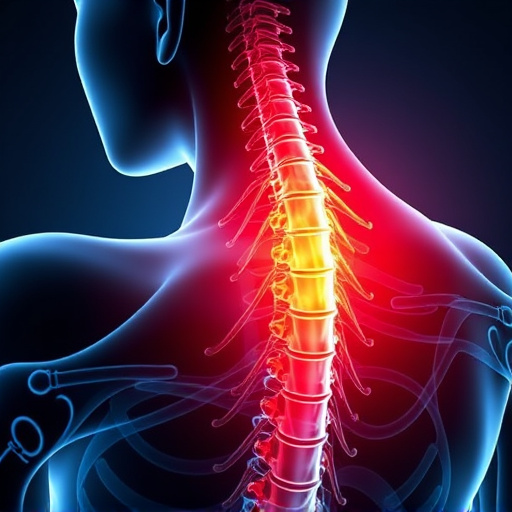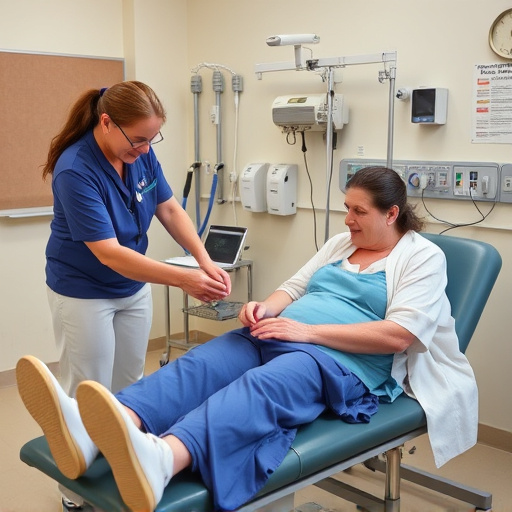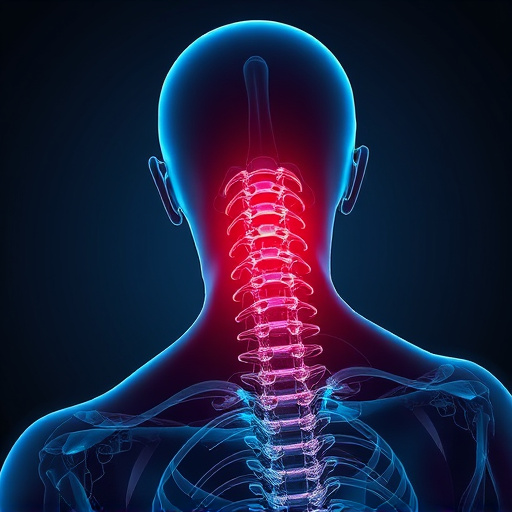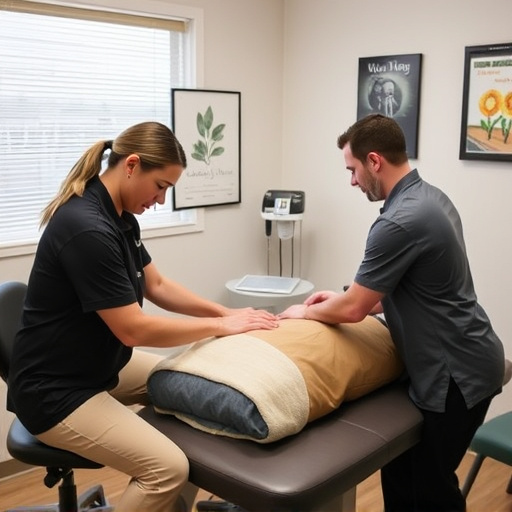Shockwave therapy for pain is a non-invasive treatment using high-energy acoustic waves to stimulate healing in tendons and muscles, effectively treating conditions like tendinopathies and chronic pain from auto accidents. It offers a safe, painless option for managing pain, accelerating tissue repair, and improving function, making it a promising alternative to conventional treatments.
“Discover the transformative power of shockwave therapy—a groundbreaking, non-invasive treatment gaining traction in the medical world. This innovative approach offers promising relief for chronic pain and accelerated healing of tendons. In this comprehensive guide, we unravel the mechanics of shockwave therapy, explore its numerous benefits, and provide insights into considerations for those seeking alternative solutions. By understanding how shockwave therapy for pain works, you’ll gain valuable knowledge to make informed decisions regarding your well-being.”
- Understanding Shockwave Therapy: A Comprehensive Guide
- How Shockwave Works for Pain Relief and Tendon Healing
- Benefits and Considerations of This Non-Invasive Treatment
Understanding Shockwave Therapy: A Comprehensive Guide

Shockwave therapy for pain is a non-invasive and innovative treatment option gaining traction in the medical world. It involves using high-energy acoustic waves, known as shockwaves, to stimulate healing processes in the body. This therapy has proven effective in treating various conditions related to pain and tendon injuries, offering a promising alternative to traditional treatments. The process is relatively simple: shockwaves are delivered to targeted areas via a specialized device, promoting tissue repair and regeneration.
For individuals recovering from auto accidents or suffering from whiplash treatment, shockwave therapy can be a game-changer. It facilitates faster healing of tendons, muscles, and ligaments often damaged in such incidents. Moreover, it has shown remarkable results in car accident injury care, providing relief from chronic pain associated with various soft tissue injuries. This comprehensive guide aims to demystify the process, highlighting its benefits and applications for those seeking effective shockwave therapy for pain management and accelerated healing support.
How Shockwave Works for Pain Relief and Tendon Healing

Shockwave therapy for pain relief works by using acoustic waves to stimulate tissue repair and promote healing at a cellular level. These high-energy sound waves penetrate deep into muscles, tendons, and ligaments, where they are absorbed by cells. This absorption triggers a cascade of biological responses, including increased blood flow and the release of growth factors that aid in healing. The therapy is non-invasive and often effective for conditions like sciatica treatment, personal injury chiropractic, and auto accident recovery.
By accelerating natural healing processes, shockwave therapy can significantly reduce pain and improve function. It’s particularly beneficial for tendinopathies, where it helps to regenerate tendon tissue and restore strength. The procedure is usually painless or causes only mild discomfort, making it a preferred choice for many patients seeking alternative solutions for chronic or acute pain management.
Benefits and Considerations of This Non-Invasive Treatment

Shockwave therapy for pain offers a non-invasive approach to managing various conditions, making it an attractive option for those seeking alternative treatments. This innovative procedure utilizes acoustic waves to stimulate healing in damaged tissues, including tendons and muscles. One of its key advantages is its ability to promote natural regeneration without the need for extensive surgery or medication.
When considering shockwave therapy for pain resulting from car accident injuries, whiplash, or even chronic conditions, several factors come into play. It is particularly beneficial for athletes and active individuals as it accelerates tendon healing, enabling a quicker return to their respective sports. While generally safe, the procedure may cause temporary discomfort or mild bruising, similar to after an intense workout. As with any treatment, consulting a qualified healthcare professional is essential to determine if shockwave therapy aligns with individual needs, especially when considering its potential for managing spinal adjustment-related pain.
Shockwave therapy for pain offers a promising, non-invasive approach to managing chronic conditions and accelerating tendon healing. By harnessing the power of acoustic waves, this innovative treatment has shown significant potential in providing long-lasting relief. While more research is needed, the benefits highlighted in this guide suggest that shockwave therapy could be a game-changer in the field of pain management and sports medicine.














